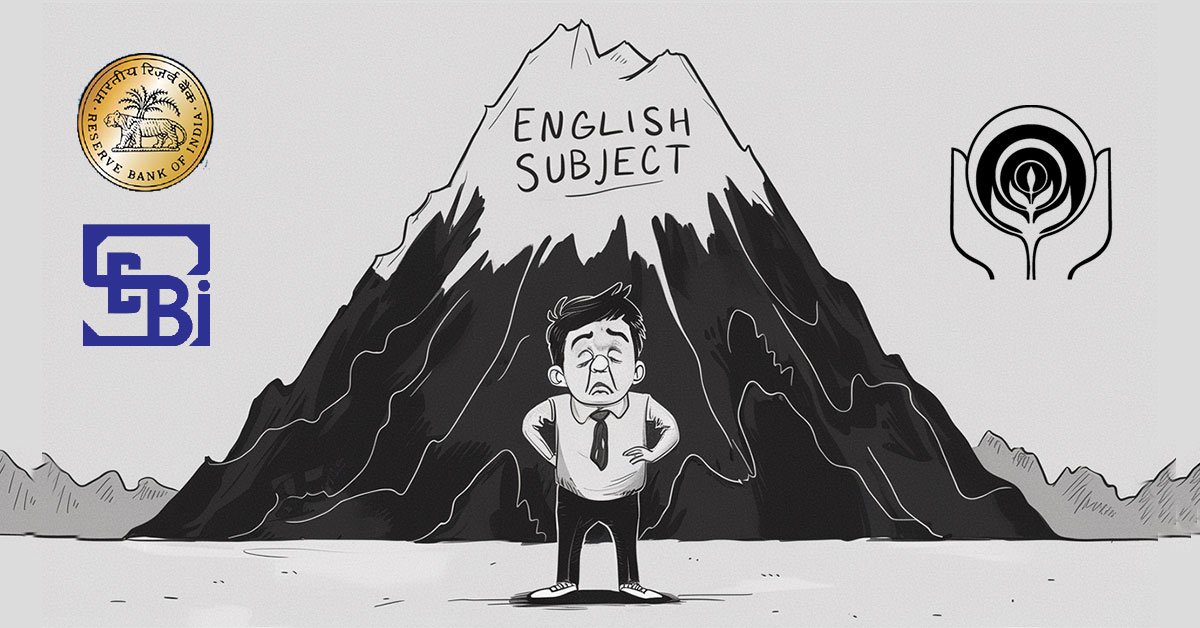Context:
For the first time since the Sustainable Development Solutions Network (SDSN) began publishing the Sustainable Development Report in 2016, India has ranked among the top 100 countries, securing the 99th position out of 167 nations. This marks a significant milestone in India’s development journey, up from the 110th position in 2016.
- SDSN: An independent global initiative under the United Nations, focusing on the implementation of the UN Sustainable Development Goals (SDGs).
- The Sustainable Development Report assesses country-level progress across 17 SDGs using granular, comparable metrics.
Key Highlights of India’s Performance
- Improved Ranking:
- India climbed 11 ranks to reach 99 in 2025.
- The ranking improvement reflects advances in poverty reduction, infrastructure, and energy access.
- Strong Areas:
- Poverty Reduction (SDG 1):
- Poverty has nearly halved from 22% in 2012 (NSSO) to 12% in 2023 (World Bank).
- However, poverty data reliability is questioned due to outdated poverty lines and lack of post-2018 public consumption data.
- Energy Access (SDG 7):
- India has achieved near-universal electrification.
- Ranked 4th globally in renewable energy capacity, led by solar and wind power.
- Infrastructure & Digital Access (SDG 9):
- Growth in mobile connectivity and UPI-based digital payments has boosted financial inclusion.
- Poverty Reduction (SDG 1):
- Areas of Concern:
- Zero Hunger (SDG 2):
- Stunting remains high at 35.5%, barely improving from 38.4% (NFHS-4 to NFHS-5).
- Wasting declined modestly from 21.0% to 19.3%.
- Obesity in the 15–49 age group has nearly doubled, mostly in urban populations.
- Education (SDG 4):
- Internet inequality exposed during COVID-19 underscores a rural-urban digital divide affecting learning outcomes.
- Governance & Institutions (SDG 16):
- India lags in rule of law, press freedom, and institutional independence, with minimal improvement during the Modi years.
- Zero Hunger (SDG 2):



















